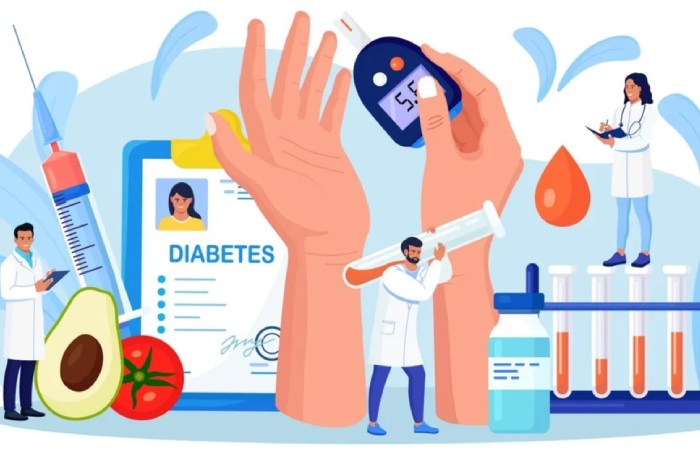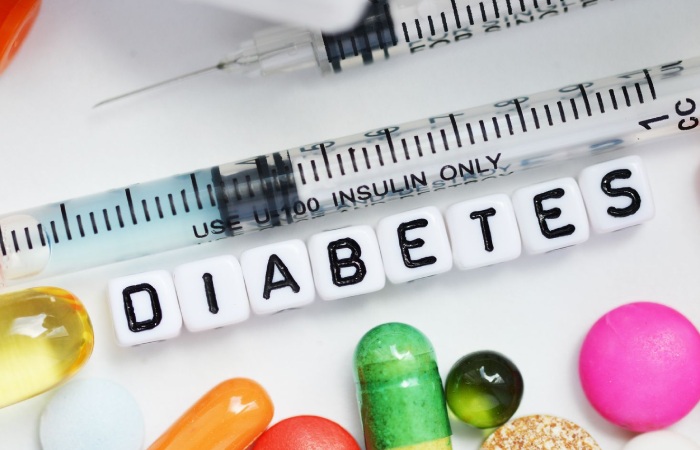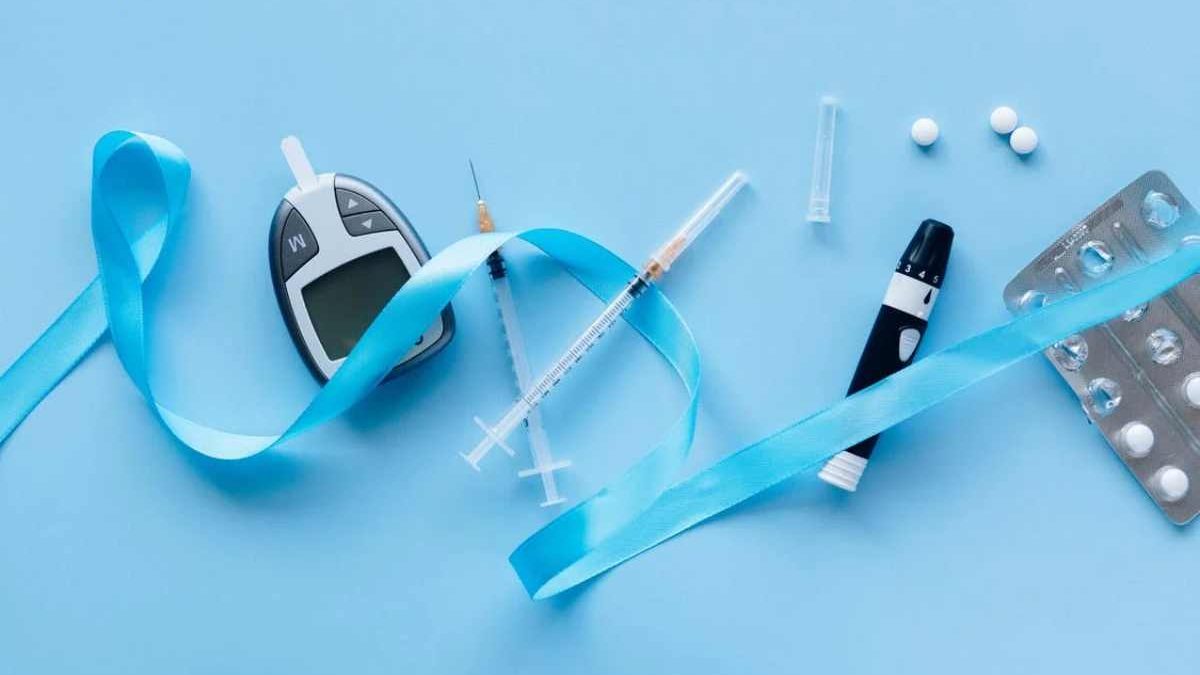Detection Of Autoantibodies-Type 1 diabetes is utmost common in children and adolescents, sometimes with life-threatening consequences. Therefore, it is important to detect the disease as early as possible so that type 1 diabetes treats early and the later development of serious complications such as cardiovascular disease or kidney damage can prevents. It requires a correct diagnosis in childhood.
Sleep Tips

The damage of Langerhans’ islets leads to Type 1 diabetes mellitus (DM1) in the body.The body cannot produce insulin, resulting in hyperglycemia when the islets remain destroyed.
1 Insulin is a hormone which helps in regulating glucose production in the blood.2 The body’s reduce ability to produce insulin leads to elevated glucose levels. Which can lead to many unhealthy complications.2 Apart from the autoimmune etiology, the causes of type 1 diabetes are still not fully understood. Many theories point to genetic susceptibility, environmental triggers, or exposure to drugs and substances that specifically destroy pancreatic cells.
Table of Contents
The Signs of Diabetes 1

The classic trio of signs associates with the start of type 1 diabetes is polyuria (excessive urination), polyphagia (excessive hunger), and polydipsia (excessive thirst).1 In addition to high blood sugar, other symptoms include fatigue, nausea, stomach upset, pain or weight loss. .4 It is claim that by the time symptoms appear, 90-95% of β-cells destroys and T1D is likely to be diagnosed.
T1D accounts for approximately 10% of all diabetes cases, with an incidence rate of 15 per 100,000 people.5 Although T1D can be diagnose at any age, it most commonly occurs in childhood (between the ages of five and seven) and puberty.1 Above In addition, both sexes affect by T1D, with a slight predominance in males compare to females6.
The most common complications are hypoglycemia or hyperglycemia, diabetic ketoacidosis (DKA), and psychiatric problems. In the long term, poorly manage DM1 can lead to cardiovascular disease, retinopathy, neuropathy, and nephropathy.7 Insulin cannot be produce early and accurately. Diagnosis is critical to properly manage the disease, avoid complications, and provide exogenous insulin replacement as a treatment option.1
Pathogenesis Of T1D Is One Way Of Detection Of Autoantibodies
Three different factors can contribute to the destruction of β-cells in the pancreas and lead to insulin deficiency: environmental. Genetic and immunological. Environmental factors that can influence the progression of T1D disease include viruses (e.g. rubella virus) and dietary nutrients (e.g. vitamin D omega-3 fatty acids, cow’s milk)8. However more research is needed to fix the correlation of these factors. with the increase in the incidence of T1D, as this topic is still controversial.
The major genes associated with T1D are the human leukocyte antigens (HLA) DR3, DR3-DQ2, DR4, and DR4-DR8.8 More than 90% of T1D patients have one or more of these HLA genes compared to 40% of humans. not affected by type 1 diabetes.8 In addition polymorphisms in the insulin promoter region termed variable number of tandem repeats (VNTRs), account for approximately 10% of the genetic factor associated with type 1 diabetes .8 Insulin polymorphisms – VNTRs contribute to the self-destruction of immune β-cells by inhibiting the insulin transcription process.8 Another genetic association is the cytotoxic T-cell antigen 4 (CTLA-4) gene. Polymorphisms in the CTLA-4 gene result in reduced cellular expression leading to expressive autoimmune balance and immune response.8
The human immune system theatres an important role in distinguishing between self and foreign antigens. In autoimmune diseases like T1D, the destruction of β cells is likely due to apoptosis.
Some theories suggest that this plan cell death activates an inflammatory response that release large amounts of pro-inflammatory cytokines such as tumor necrosis factor α, interferon-γ and interleukin. -1.8 Autoantibodies are also produce as a consequence of this reactive immune response.
Autoantibodies are often existing years before the clinical signs and symptoms of T1D.8
Diagnosis By Islet Autoantibodies Is One Way Detection Of Autoantibodies
Pre-symptomatic type 1 diabetes can be diagnose by detecting at least 2 islet cell antibodies in the blood. the disease.
In this context, as part of the Fr1da study. Researchers examined 90,632 children aged 2 to 5 years between 2015 and 2019 for the presence of islet autoantibodies. They support by 682 Bavarian paediatricians who include the Fr1da blood test in their routine early detection examinations as an additional voluntary service for families.
Using a new approach, the research group classified children who had antibodies in their blood into 3 stages:
Level 1 (normoglycaemia: blood sugar level in the normal range)
Stage 2 (dysglycemia: disturbance of sugar metabolism)
Stage 3 (presence of type 1 diabetes)
This classification made it possible to monitor and treat children individually.


